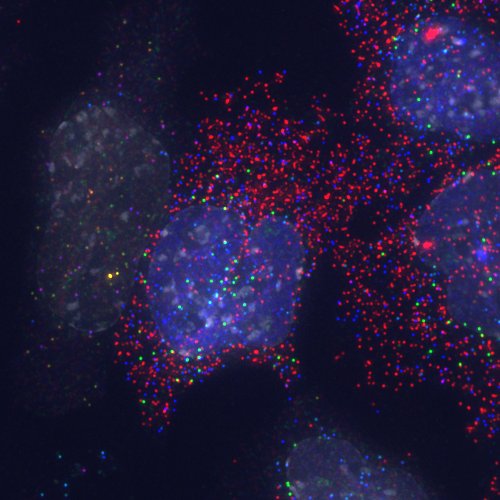This month on the Node – December 2012
Posted by the Node, on 31 December 2012
And we’ve reached the end of another full calendar year on the Node. What were your favourite posts this year? As a refresher, here is a look back on some of the content of this past month.
Advent calendar
For most of this past month, you will have been able to find a new paper each day behind the virtual doors of our advent calendar. A summary of this collection of papers was posted on Christmas morning.
 Node news
Node news
The Node now has some custom tea bags, which you’ll be able to pick up at various conferences. You can drink the Node tea while reading or writing for the Node. But maybe you want to do more than read, write and drink tea? In that case: come work for us! Eva is leaving at the end of February, so we’re hiring a new community manager to run the Node. It’s a very interesting job with a lot of creative input, and you can apply until January 20.
Open Access Discussion
The post itself is from earlier this year, but in the past weeks a lot of people have been contributing to the discussion on open access publishing in the comments of Jordan Raff’s Biology Open editorial.
Research
 We heard about some exciting research this last month of the year. In an interview, Roger Barker talks about an international collaboration studying the generation of medium-sized spiny neurons from stem cells.
We heard about some exciting research this last month of the year. In an interview, Roger Barker talks about an international collaboration studying the generation of medium-sized spiny neurons from stem cells.
“In this particular paper, the group in Italy, led by Elena, have such fabulous expertise in developing striatal neurons, but their lack of access to human fetal material makes it very difficult for them to do the project without collaborating with a lab like ours, in a country that does have access to fetal material. So these are truly international collaborations and without either party the project wouldn’t happen.”

Elsewhere, Martin Jakt writes about his paper on a technique to estimate gene expression within single cells.
“The future brings with it hopes of understanding complex biological phenomena such as embryonic differentiation through computational modelling of the interactions between regulators and regulatees. Such models make predictions of cellular behaviour, which in the case of differentiation of multipotent cells must include the generation of diversity. Methods such as candy FISH allow not only the direct observation of the behaviour of systems at the individual cell level, but also make it possible to take into account effects of interactions between cells thus turning the problem on its head.”
Also on the Node:
–Wikipedia edit-a-thon in Oxford
–New Development book reviews
–Don’t get rid of the middle-man


 (1 votes)
(1 votes)